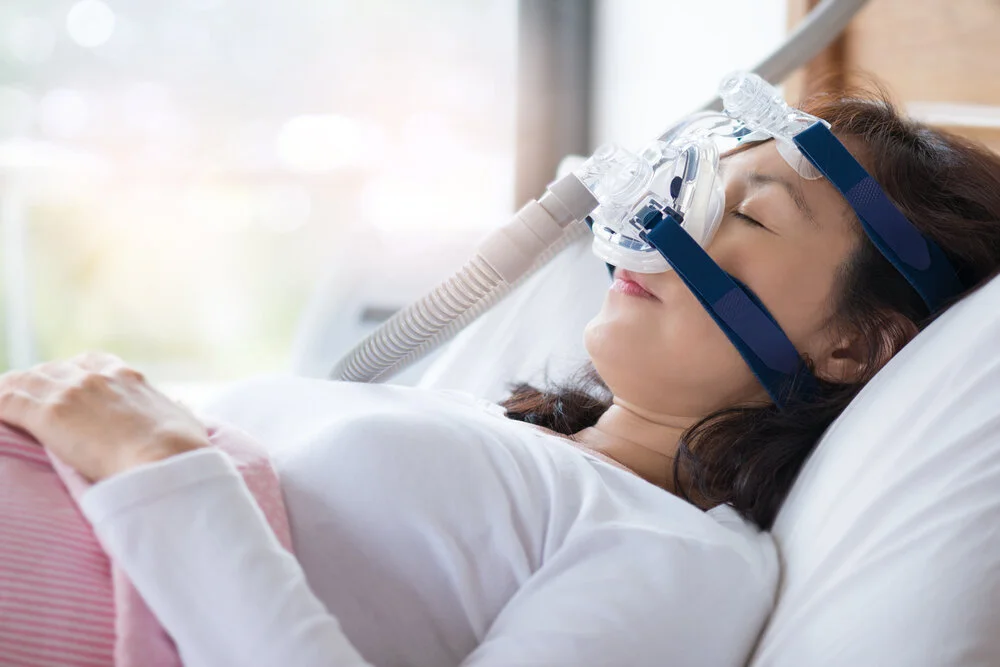Treatment of Sleep Apnea with CPAP
Obstructive sleep apnea (OSA), with more than 36 million people in urban and rural areas, is the most common sleep disorder in the USA. The patients normally experience difficulty breathing all night long as their muscles in the upper airway overrelax and hinder airflow to the body. Their body awakes periodically, clears the airways and restores respiration, triggering sleep that is interrupted and incomplete. You will need to go for sleep apnea treatment, if you are suffering from it.
Treatment with CPAP
Luckily, obstructive sleep apnea can be controlled and a continuous positive airway pressure (CPAP) system may be used as the best tool. A CPAP system ensures that the air flow stays at a steady pressure to keep the high-level airway unblocked all night long. Since patients can breathe without intervention, they can relax.
That said, every patient has a specific air pressure requirement for safe breathing. The optimum air pressure that should be measured to suit individual needs of the patient is normally shown by the sleeping technicians and CPAP therapists. It defeats the purpose of the therapy if pressure levels are excessive or too low.
If the CPAP pressure is low, you can have breathing difficulties, as the air pressure may not be sufficient to maintain the upper airway. Low air pressure will lead to more than five incidents of apnea or hyperpnoea per hour, so this cannot necessarily fix the sleep apnea issue. Therapy can be ineffective for patients who tend to experience the pain of constant snoring of air, exhaustion, high blood pressure and snoring due to low CPAP.
Optimal CPAP Pressure Calibration
When buying a CPAP unit, the air pressure for each person must be adjusted to the proper level. In order to assess the correct CPAP pressure level, sleep experts are using the apnea-hyperpnoea index (AHI). The AHI is a measure of how many times a patient has breathing problems during an hour of sleep.
The air pressure environment usually varies from 6 to 14cmH2O for most patients. Nevertheless, it is always better to test the air pressure level and know your specific needs by consulting with your sleep specialist.
Calibration of air pressure on CPAP machines is done using a titration process. You are also recommended not to attempt to control the air pressure on your own on a CPAP machine. There is never a prescription-free air pressure change. If you believe the air pressure needs to be changed, speak to your sleep specialist and receive expert assistance in making the changes.
The air pressure is kept at the minimum level needed for fixed pressure CPAP machinery in order to keep the airways open all night long. The minimum and maximum levels of pressure must be set for self-control devices. Nevertheless, with the time, health conditions and age of the CPAP instrument, the air pressure requirements change.
Visit OKOA to get flawless sleep apnea treatment and know the air pressure you require. Call us and book your schedule ASAP.
**Disclaimer: The information on this page is not intended to be a doctor's advice, nor does it create any form of patient-doctor relationship.

